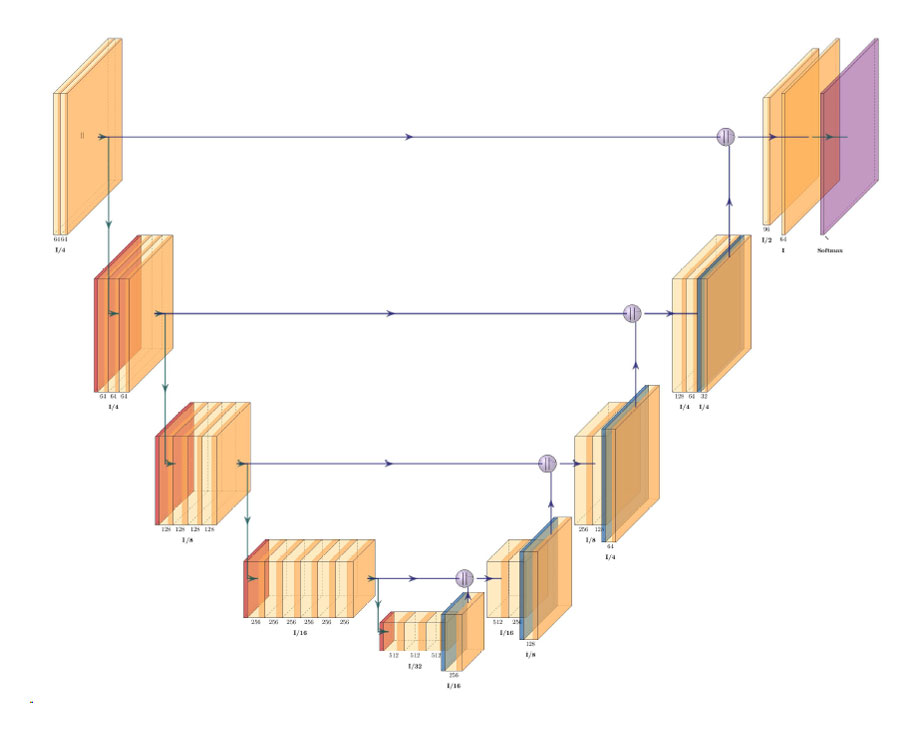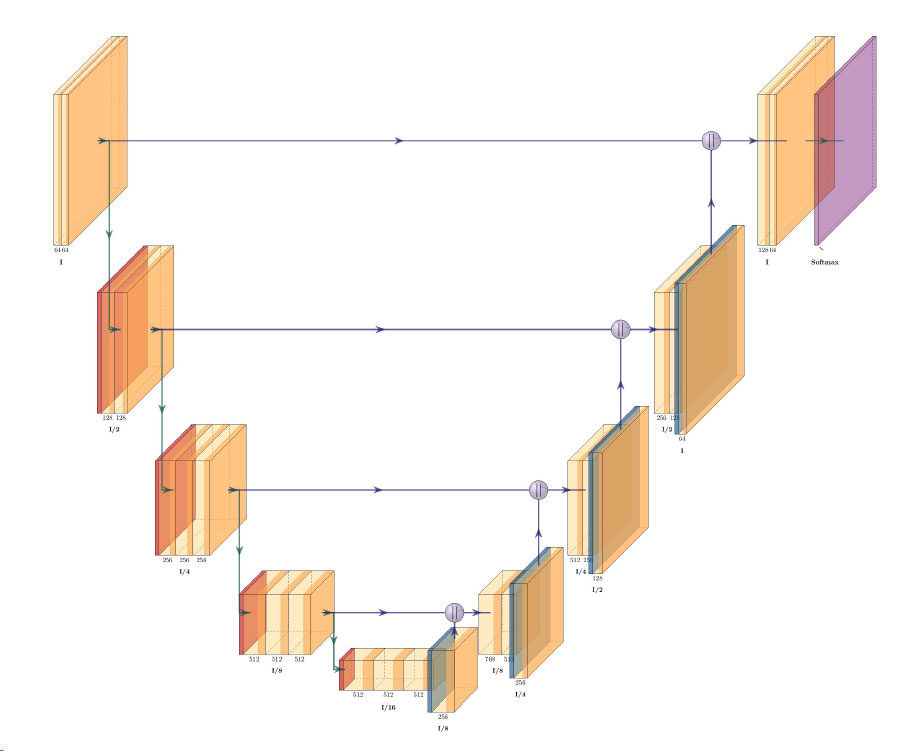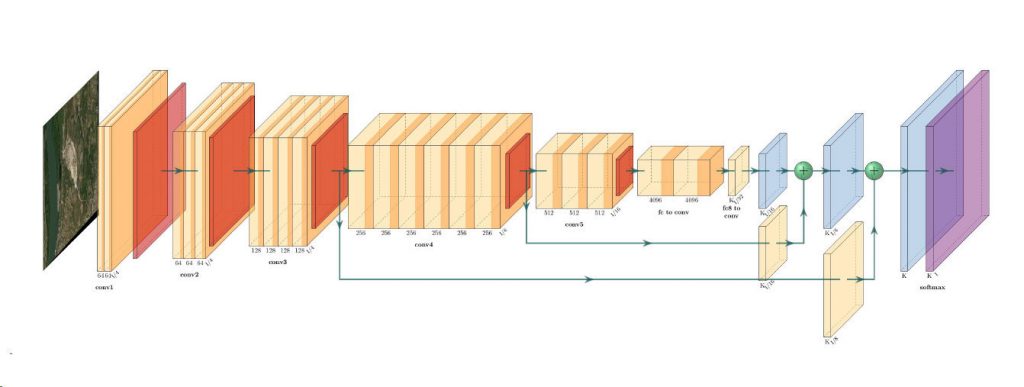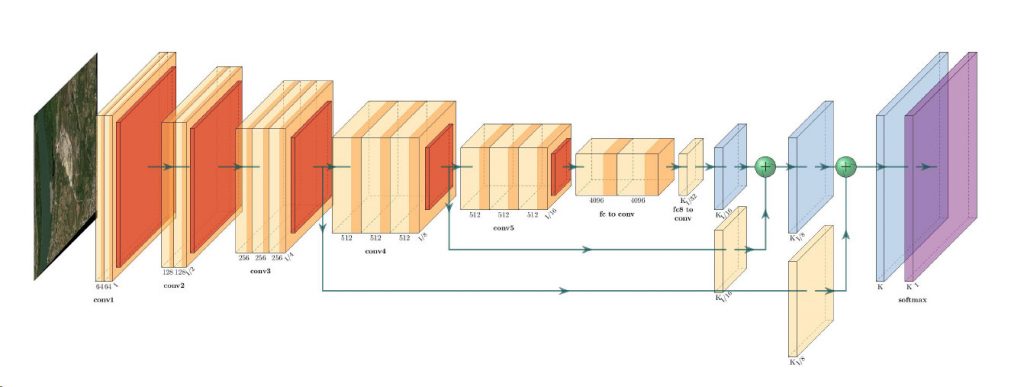Remote Sensing of Mass Movements in the Bavarian Alps
- Skye Boag, Marketing Manager at European Space Imaging
- 28 February, 2022
Mass movement in the Alps pose enormous hazards. Due to a range of factors, it is predicted that the associated risks of these movements will only increase in the future, therefore it is critical to understand why these events occur and how we can minimise their impact on nature and human life. With Very High Resolution (VHR) satellite imagery becoming more accessible to researchers through the Third Party Missions (TPM) provided by European Space Agency (ESA), Niklas Heiss, investigated the effectiveness of VHR satellite imagery provided by European Space Imaging, along with other data inputs to monitor mass movements in the Bavarian Alps. His findings determined that VHR imagery was a cost effective and reliable data set for localising landslides on a small scale.
SETTING THE SCENE
The Alpine ecosystem is subject to a wide range of global and environmental influences that are often difficult to assess. Increasing demands of anthropogenic use combined with climate change impacts including changes in multiple feedbacks between geology, soils and flora and fauna, are negatively impacting the region and contributing to mass movements caused by high surface run off and erosion in the mountains.
Mass movements are defined as processes of erosion, transport and accumulation of material. This includes landslides, rockfalls, rockslides, sinkholes and slope failures. If these natural events occur in areas where property damage or personal injury may occur, they are categorised as natural hazards. In order to document and gain existing and new knowledge about hazard affected areas, hazard information maps are crucial. The mapping of geohazards is legally laid down in the implementation protocols of the Alpine Convention for all its member states. The Free State of Bavaria fulfils this obligation through the hazard index maps, providing a large-scale overview of the hazard situations due to various geohazards. For the purpose of this study, the project area of the upper river basin of the Scheibengraben near Fockenstein (Mangfallgebirge) was chosen. The goal was to qualitatively compare the ability of various datasets to infer landslide affected areas. VHR imagery was thereby used to detect vegetation formations indicating high soil moisture and surface runoffs at heavy precipitation which is the main reason for landslides in the study area.
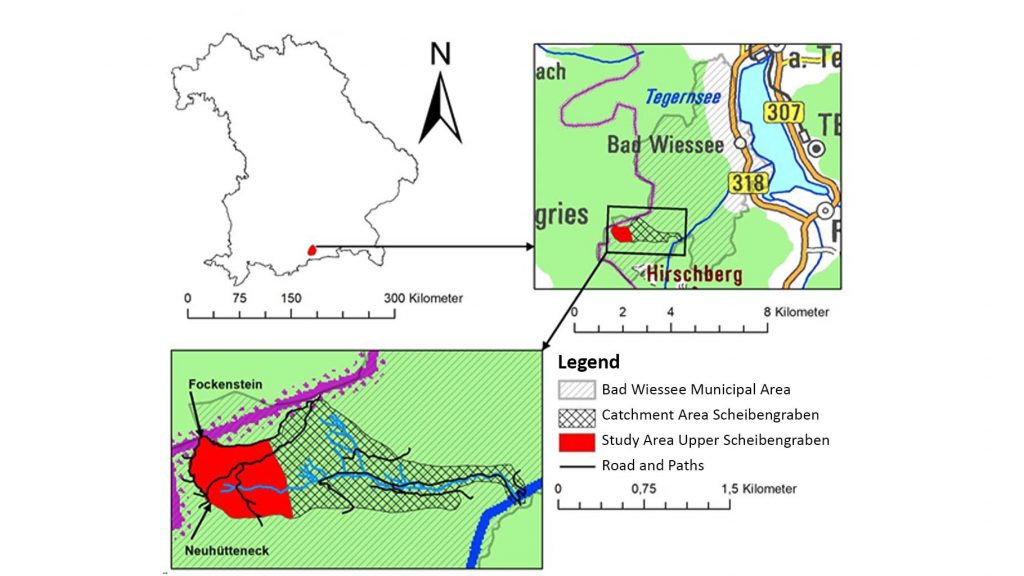
Location of the Upper Scheibengraben study area southwest of Bad Wiessee.
GEOLOGY OF THE SCHEIBENGRABEN
Tectonics plays a crucial role in the origin of mass movements, as the spatial position and formation of discontinuities are the most important characteristics of the rock mass. These macroscopic boundaries or discontinuities represent zones of weakness, which are often related to morphodynamical slope processes. The study area can be divided into two tectonic units due to the stratigraphic units of the Allgäu cover and the Lechtal cover creating a morphological separation.
In the project area, numerous slope dynamic processes occur, such as earth and debris flows, slumping, creep and flow movements, rotational failures and gully erosion. An alternating bedding of clay marls, bench limestones, slate marls and clayey limestones characterise the Lias spotted marls, which are the main component of the Allgäu Formation (Lias). These variable-solid rocks are largely covered by a weathering debris blanket up to 7 m thick. This constellation of weathering debris with swelling clay minerals and the limestone/marl sequences underneath leads to a high susceptibility of erosion and to slope movements. Due to these physicochemical properties, numerous smaller landslides, creep and flow movements and some active earth and debris flows occur on the thick layer of autochthonous weathering debris.
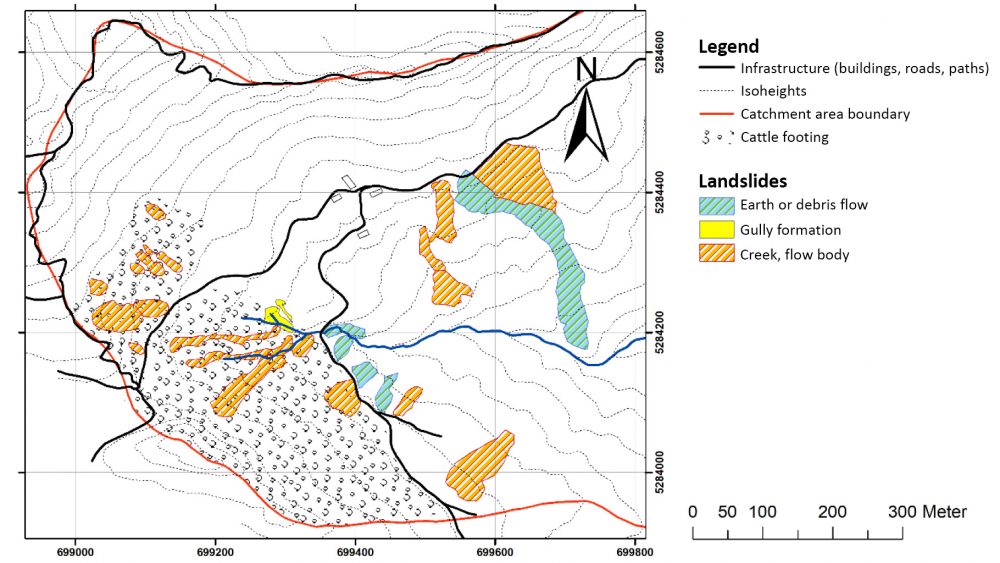
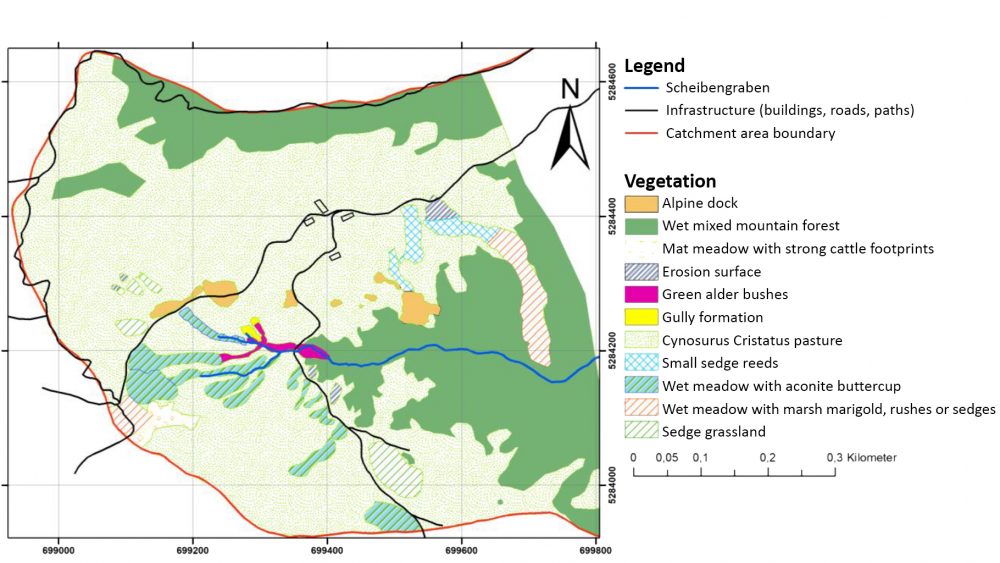
DEFINING THE DATA INPUTS
To gain a deeper understanding of the mass movements, several remotely sensed data inputs were selected with various analysis outputs. To be able to compare the different remotely sensed data, the technical characteristics of the survey forms such as spatial, temporal and spectral resolution were considered. The inputs consisted of Digital Terrain Models (DTM) (1 m resolution), Digital True Colour and Coloured Infrared Orthophotos (20 cm resolution), Sentinel-2B (10 m resolution) and Maxar WorldView-2 (50 cm resolution) data. From this analysis methods of Normalised Difference Vegetation Index (NDVI) and Normalised Difference Infrared Index (NDII) indices were created.
SATELLITE IMAGERY
Medium and VHR satellite images from Sentinel-2 and WorldView-2 were used to demonstrate the monitoring possibilities. A WorldView-2 (WV2) dataset was specifically chosen due to its high spatial resolution of imaging the area of interest and low cloud cover, providing a better comparability to the other datasets. Both Sentinel and WorldView data were analysed and NDVI’s were created. From this, 10 classes were defined that allowed the structures of vegetation to be recognised in the best possible way. The WV2 data allowed for a much more detailed distinction of vegetation compared to that of Sentinel. Wet vegetation formations were clearly visible and able to be separated from the ridgegrass pasture. The gully structure and the wet meadow are also easily discernible. Even the wet spots on the creep and flow of the summit slope can be seen by the deeper orange/red tones in the NDVI analysis. Further analysis includes open erosion sites detailed to the east by dark green as well as the creep and flow movement. Unfortunately, the SWIR bands were not available. With this additional information more complex analysis than Indices would be a legible approach to distinguish different vegetation formations.
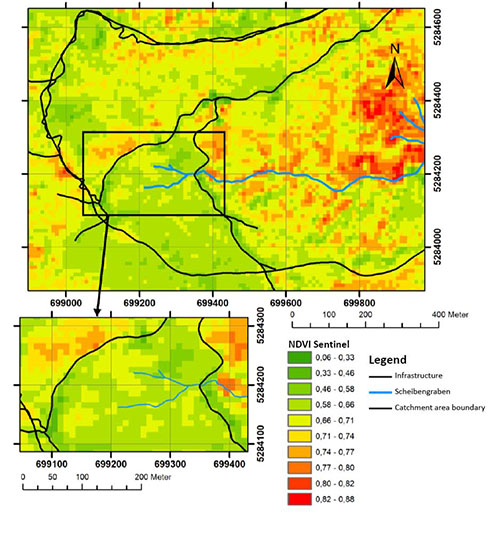
NDVI calculated from Sentinel -2 data at 10m resolution
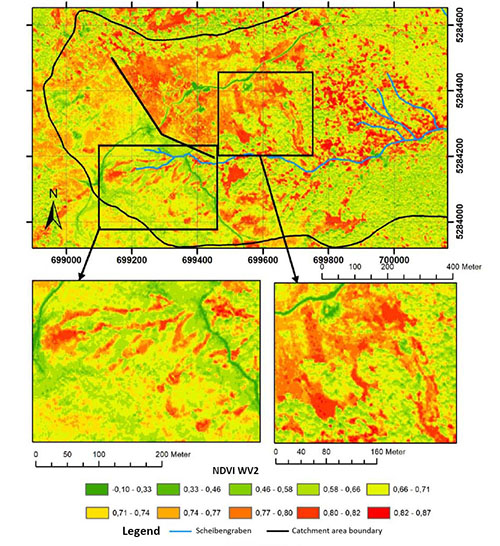
NDVI calculated from WorldView2 data at 1.81 m resolution. Shown is the study area of the Scheibengraben (top). The gully structure east of Neuhütteneck (left) and the large debris stream (right) are shown enlarged. The grazing boundary is marked in black.
IN-SITU DATA
To validate the results of the different approaches, in-situ data was required to assess the analysis methods and verify the data inputs. The geological site characteristics that contribute significantly to the understanding of the slope dynamics are considered necessary here. The current situation of the geomorphology and slope dynamics was examined in the field, located and transferred to a GIS. Various soil-vegetation complexes were located focusing mainly on vegetation forms with an indicator effect for high soil moisture contents and high surface runoff during heavy rainfall; these areas were distinguished from dried complexes with the aid of satellite imagery.
DTM & ORTHOPHOTOS
Rectified and true-to-scale orthophotos can be obtained in Bavaria from the State Office for Digitisation, Broadband and Surveying. Orthophotos at a resolution of up to 20 cm have been available since 2004 and from 2017 have been updated bi-annually. The DTM provides valuable information, especially when recording the status quo in the terrain. By visualising geomorphological forms through the slope and shading map, it helps in remote sensing image interpretation. Furthermore, it is applied in the modelling of other natural hazards such as rockfalls or rockslides. In the project area, for example, it specifically helps to delineate the channel and trough structure in detail, to localise the landslides on the southern summit slope, and to identify further creep and flow movements with bulge formation.
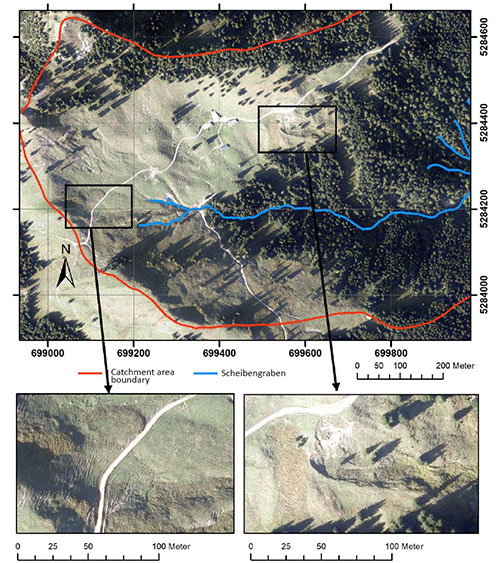
Digital orthophoto with a resolution of 20 cm. On the left, the area northeast of Neuhütteneck is shown with a bulge-forming creep. On the right, the large debris flow can be seen as well as the large creep and flow movement west of it.
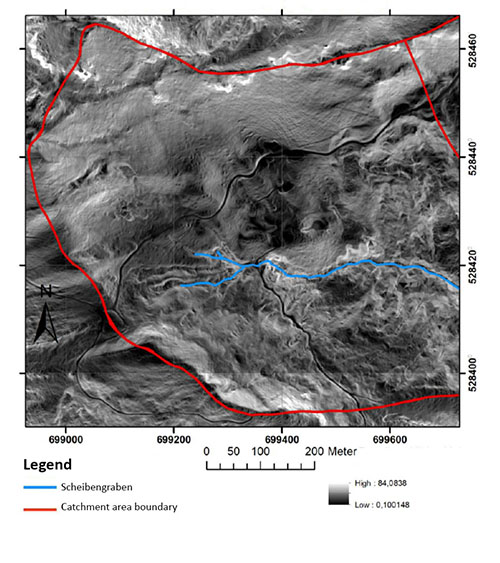
DTM of slope gradient for the Scheibengraben calculated from the DTM with 1 m resolution. Steeper slopes up to 85° (light) and flatter slopes up to almost 0° (dark) can be seen. In addition, bulges of creeping movements can be detected.
MOVING FORWARD
Based on the in-situ data of geomorphology and slope dynamics in the Scheibengraben catchment, it can be stated that the project area is strongly affected by mass movements. Active debris flows of various dimensions are present as well as some recent creep and flow. In addition, landslide phenomena have increased in size and frequency. Due to the time intensive nature of mapping monitored areas by experts in the field, remote sensing represents a cost-efficient method of analysis and should be considered for future investigations. Depending on the method and scale, it can be used to obtain a wide range of area information. For example, for landslides in mountainous regions, the vitality and moisture content of vegetation and soil complexes as well as the observation of open erosion areas are particularly relevant. Monitoring with a higher spatial-temporal resolution, remote sensing can provide significantly more information. However, it cannot fully replace the field approach in areas where infrastructure or human lives are in danger to montane hazards, but remote sensing can provide decision support for prioritising field operations.
For now, a combination of remote sensing and in-situ data will be necessary. A next step would be to automatically update the risk map with a machine learning approach. By deep learning information inputs of geology structures, geomorphology, DTM and VHR remote sensing data can be combined for gaining information about landslides. Additionally, it can be stated that not all satellite data and methods are suitable to detect mass movements. Thus, a trade-off has to be made depending on the objective. For the Fockenstein area, the WorldView data proved to be the most useful for localising landslides on a small scale.
The application of this promising research is not limited to the Bavarian Alps, but can be applied in the whole Alpine region, as well as all high mountain regions of the world. Management of these regions is becoming more necessary and should be based on accurate and temporally well-resolved monitoring. Only through this methodology changes can be detected early enough to ensure timely reactions to avoid catastrophic consequences. For this, monitoring with VHR remote sensed data is an ideal solution.
ESA THIRD PARTY MISSION (TPM)
The satellite imagery used within this research project was obtained through the ESA Third Party Mission (TPM) Programme. This program provides free data, such as Very High Resolution satellite imagery from European Space Imaging, to users for the use within non-commercial research projects. Registered users can benefit from a large archive, with most of the data immediately accessible after successful registration. To learn more about this programme, or to become a registered user, please click here.

ABOUT THE RESEARCHER
Niklas Heiss is currently studying the master`s programme “Environmental Systems and Sustainability – Monitoring, Modelling and Management” at the Department of Geography at LMU Munich. The research in this project was part of the bachelor thesis completed at the chair of Prof. Dr. Wolfram Mauser. Niklas research interest lies in Remote Sensing, Hydrology and Global Change impacts on various spatiotemporal scales as well as the accompanying methods of Big Data processing. His focus is on integrated water resource management (IWRM) due to its holistic and transdisciplinary approach. It is important to him that his research has added value for actual use in application.
Connect on LinkedIn: https://www.linkedin.com/in/niklas-hei%C3%9F-729955222/
Interested in Open Access Data?
Check out our Open Access Data page to find more information about how you can get free satellite imagery for your research project.
Related Stories
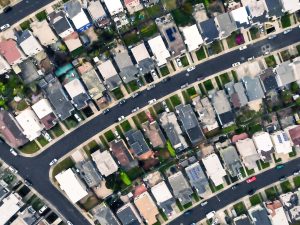
EUSI and Albedo Partner to Deliver 10 cm Resolution Satellite Imagery to Europe
It is our pleasure to announce the partnership with Albedo, a builder of high-performance spacecraft and the first satellite designed to operate commercially in VLEO (Very Low Earth Orbit). This partnership will bring the world’s highest resolution satellite imagery to the European and North African market.
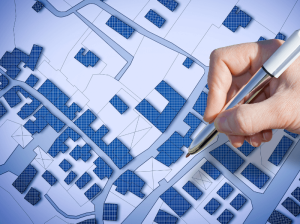
Updating the Land Parcel Identification Systems in 2025: The Benefits of Using Satellite Images
Agricultural paying agencies across Europe face increasing challenges in maintaining accurate and up-to-date Land Parcel Identification Systems (LPIS), ensuring compliance with the Common Agricultural Policy (CAP) and supporting sustainable agricultural practices.
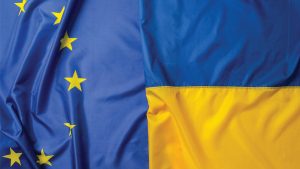
EUSI Confirms Uninterrupted Satellite Imagery Support for Ukraine and European Security
With the successful launch of Maxar Intelligence’s second set of WorldView Legion satellites, European Space Imaging (EUSI) will soon offer up to eight daily collection opportunities in key latitudes across Europe and North Africa – a number that will increase after the final WorldView Legion satellites are launched and all six satellites are operational.
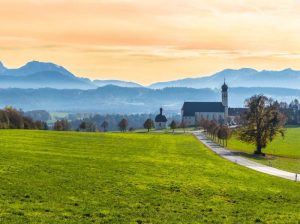
Civil Mapping: Three Case Studies From Germany
Three land-surveying authorities finished large-scale mapping projects using very high resolution satellite images in 2024. These are the challenges, solutions and results:


